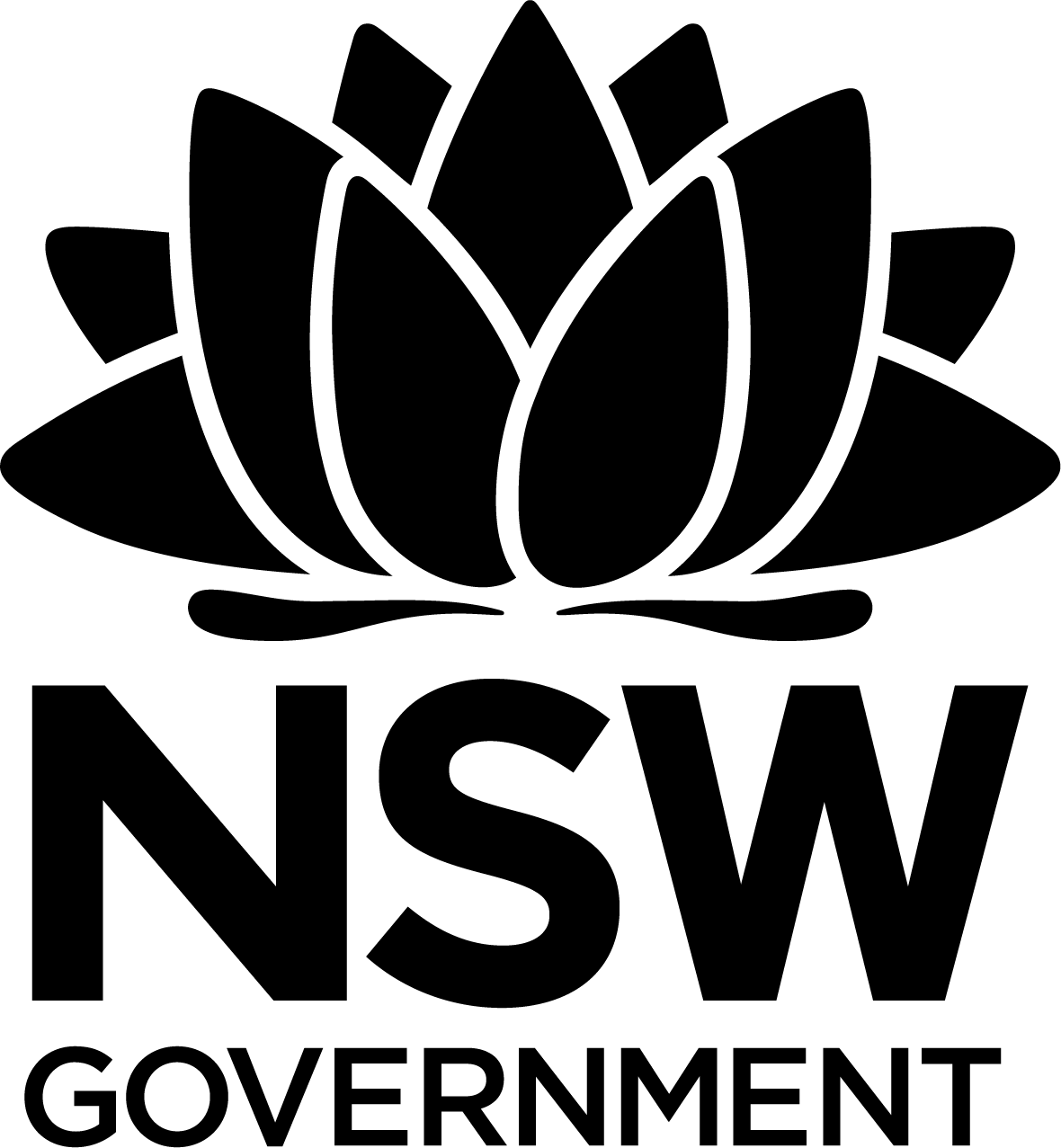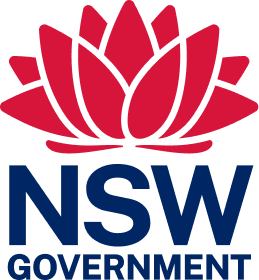
Crown land manager resource
Building and development
Crown land managers (CLMs) are responsible for the care, control and maintenance of the Crown reserve that they have been appointed to manage. This means that it is the CLMs responsibility for maintaining the reserve and its assets, including the upkeep and replacement of existing infrastructure, buildings and facilities.
The scale and requirements of any works will depend on the reserve, including the state of assets and perceived public demand or need. CLMs should maintain an asset register for the reserve. When making decisions about any maintenance, upgrades or significant projects CLMs should consider the asset register, any plan of management for the reserve and whether or not the proposed works need consent or approval.
Most importantly, CLMs need to consider if the proposed development aligns with the reserve purpose of the Crown reserve or dedication they manage.
What is development?
Development can include things like:
- Erecting a building or structure,
- Demolishing a building or structure,
- Subdividing land,
- Changing the use of land (e.g. from a paddock to a sports field),
- Carrying out work, (e.g. installing signage),
- Running an event, and
- Any other act, matter or thing that is controlled by an EPI.
Development controls and approvals
Visit the Department of Planning’s website for information on planning approval pathways and relevant legislation.
Designing your development and preparing your application for approval
Is the development permissible?
Prior to undertaking any development, the CLM needs to establish if the proposed development is permissible on the reserve. To find out if the proposed development is permissible you need to consider the land use zone applied to the site by the LEP and the categorisation of the development, specifically the land use definition applies by an EPI.
The land use zone the reserve found using the NSW Planning Portal. This will also tell you what local council area you’re in and what LEP and other planning controls applies to the reserve you manage.
Once you’ve established what the zone of the reserve is you need to check the LEP to see if your proposal is permissible or prohibited within that zone. The zoning table will list developments by land use definition. For example, a boat landing facility or a playground may be defined as a ‘tourist facility’, while a building or place owned or controlled by a reserve and used for public purposes could be a ‘community facility’.
LEPs can be accessed under Environmental Planning Instruments at - https://legislation.nsw.gov.au/browse/inforce
Example of how to find the land use zone:
Use the NSW Planning Portal to establish the zone of your reserve and generate the property report that gives you a summary of the planning controls that apply to the site.
Reserve: R590109
Reserve Name: Carcoar Showground
Reserve Purpose: Public Recreation and Showground
Land Use Zone: RE1 Public Recreation
Property Report: Example property report
LEP: Blayney Local Environmental Plan 2012
The property report will identify any SEPPs that are applicable to the reserve.
The zone and planning information can also be found by applying for a Section 10.7 certificate (of the EP&A Act) from the local council. There is a fee to obtain a Section 10.7 certificate from council.
Prohibited development
Environmental planning instruments will nominate certain types of development that are prohibited in each zone. Consent usually cannot be granted to prohibited developments. However, SEPP (Transport and Infrastructure) 2021 and the provisions relating to state significant development and state significant infrastructure provide some exceptions that enable consent to be granted for prohibited development.
The provisions of SEPP (Transport and Infrastructure) 2021 cannot be used without consultation with the department.
Does the development need consent?
Once you’ve established if a development is permissible, you will need to determine what type of consent is required. We recommend you scope and design the concept for your proposed development prior to determining what type of consent is required.
Designing the development
This section provides guidance on designing and undertaking a development and planning approval
If a CLM plans to undertake development works such as building upgrades, a new building or new assets or infrastructure you must consider the impacts of that development. The following is a list of things to consider, noting this is not exhaustive, during the concept planning of the development:
- site constraints such as slope, flooding, bushfire classification, geo-technical,
- heritage significance of the site, including built and cultural heritage,
- impact on vegetation,
- compatibility with adjoining development,
- compatibility with visual setting (foreshore, streetscape),
- compatibility with land zoning,
- size and shape of the land,
- local planning objectives,
- age and condition of buildings.
Developments should be designed and positioned to achieve the best and most efficient use of the land and the development itself, and to satisfy legislative and policy requirements. For example, it would be best to develop public amenities such as toilets, picnic tables and barbeques in one area, with good road and parking access and not requiring the clearing of vegetation. This results in a development that is more convenient for the public while also sustaining the surrounding land and environment.
To ensure suitable design of your development it is a good idea to engage a suitably qualified person to assist you, this may be a volunteer with planning or building experience. If you CLM does not have a volunteer with these skillsets it is recommended that you engage a planning professional to assist with the design of the development.
Preparing your application for approval
A CLM will need to undertake the following when preparing their application for approval:
- Establish approval type applicable to the proposed development.
- Determine if landowner consent is deemed, or if written consent will be required.
- Consult with the local council, or other relevant planning authority, about the proposal.
- Prepare plans and reports to support the application for approval. This will include architecture plans, site plans, statement of environmental effects, bushfire assessment, heritage assessments, cultural heritage assessments etc.
Your application must indicate the environmental impacts of the development, how the impacts have been identified, and the steps which will be taken to protect the environment, lessen harm to the environment or remove those impacts altogether.
Applications for planning approval must be submitted via the NSW Planning Portal.
Do I need landowner’s consent?
Proposed development that requires approval under Part 4 of the Environmental Planning and Assessment Act 1979 (EP&A Act), requires landowner’s consent from the Minister/Department. This includes where a CLM or tenure holder is required to lodge a development application (DA) or complying development certificate (CDC) (planning approvals) on Crown land. There may be exceptions, where a kind of development is covered under section 2.23 of the Crown Land Management Act 2016 (CLM Act).
Section 2.23 of the CLM Act details kinds of low impact development where the Minister responsible for the CLM Act is considered to have given landowner’s consent on behalf of the Crown to lodge an application for planning approval under Part 4 of the EP&A Act.
When considering the need for landowner’s consent from the Minister/Department, a CLM or tenure holder must determine if the proposed development falls within the kinds of development set out in s2.23(2) of the CLM Act. If the kind of development clearly fits within those listed, landowner’s consent is taken to be given (deemed). If you’re not certain whether the proposal would fall within the kinds of development for which landowner’s consent is deemed, contact the department.
Where a tenure (lease or licence) contains a provision that requires the Holder to obtain consent from the Minister/Department to lodge a planning approval, this requirement will prevail over s2.23.
For all other planning approvals which require landowner's consent, an application form must be completed with the necessary accompanying information provided and fee paid.
Note: CLMs and tenure Holders cannot provide landowner's consent for lodgement of an application for planning approval under Part 4 EP & A Act over Crown land.
The fact sheet for Deemed Landowners Consent is currently under review and an updated version will be published in 2024.
Development comprising clearing of native vegetation
Clearing of native vegetation may require development consent under the Biodiversity Conservation Act 2016, regardless of the provisions of any environmental planning instruments. Native vegetation is vegetation that is indigenous to NSW, and clearing includes cutting down, felling, thinning, logging or removing native vegetation, or killing, destroying, poisoning, ringbarking, uprooting or burning native vegetation.
In urban areas and for land zoned for environmental protection approval for clearing of native vegetation is managed by the local council. If you are proposing to undertake clearing in either of these areas you must get approval.
In rural areas approval for clearing of native vegetation is managed by Local Land Services (LLS).The CLM should consult the relevant LLS to determine which process is best suited to the reserve land, and the process to obtain approval.
Before any clearing activity can be approved by either the local council or LLS, written consent from the department is required.
More information on clearing of native vegetation is available at www.environment.nsw.gov.au
Heritage considerations
Most types of development on a heritage item or in a heritage conservation area will need to be approved in line with the provisions of the Heritage Act 1977 through a development application process.
Development of heritage items or within heritage conservation areas needs implement the basic principles and procedures to be followed in the conservation of heritage places. These principles and procedures can be applied to a monument, a courthouse, a garden, a shell midden, a rock art site, a cottage, a road, a mining or archaeological site, a whole district or a region.
The Burra Charter defines the basic principles and procedures to be followed in the conservation of heritage places and has been adopted as the standard for best practice in the conservation of heritage places in Australia.
When undertaking works on a heritage item or within a heritage conservation area you need to engage a suitably qualified person. The NSW Heritage Branch has compiled a Products & Services Directory to assist people in finding heritage tradespeople and products.
Aboriginal cultural heritage considerations
Aboriginal cultural heritage refers to places, objects and stories which are significant for Aboriginal people and the story of New South Wales.
Development on Crown land may require an Aboriginal cultural heritage survey and/or management plan be undertaken to ensure that Aboriginal cultural heritage is identified, respected and preserved. A suitably qualified person needs to undertake this work and can be identified through the Products & Services Directory or by contacting the department.
Crown Land Managers must follow a due diligence process regarding the identification and protection of Aboriginal cultural heritage before undertaking any proposed development or activity on Crown land.
Crown Land Managers are required to follow to the steps in the Due Diligence Code of Practice for the Protection of Aboriginal Objects in New South Wales (the Code) (2010, NSW Government). This process starts at step 1 and progresses up to step 5, depending on the findings at each step.
The Burra Charter and Indigenous Cultural Heritage Management provides guidance about the application of the Burra Charter within the field of Aboriginal cultural heritage management.
Any development that proposes to harm Aboriginal objects or places will require an Aboriginal heritage impact permit (AHIP).
Environmental assessment of development without consent
Developments that are permitted without consent and are undertaken by a public authority, are undertaken on public land, and/or require some other type of approval from a public authority, require an assessment of their environmental impact in accordance with the provisions of Part 5 of the EP&A Act. Note that development categorised as ‘permitted without consent’ differs from ‘exempt development’ and ‘complying development’.
Developments that require environmental assessment under Part 5 of the EP&A Act are called ‘activities.’ The definition of ‘activity’ is similar to that for ‘development’.
SEPP (Transport and Infrastructure) 2021 designates several types of infrastructure and works as ‘development permitted without consent’ when they are carried out by public authorities. Where a council CLM proposes to carry out such development, and that development involves the construction of large or significant permanent structures on a Crown reserve (for example, roads, car parks, visitors’ centres, maintenance depots, outdoor recreation facilities such as skate parks, etc), the council must notify the department in writing of the details of the development prior to carrying out the activity.
An environmental assessment required under Part 5 of the EP&A Act must “examine and take into account to the fullest extent possible all matters affecting or likely to affect the environment”. This is designed to encourage both the applicant and the decision-maker to consider what measures can be adopted to minimise the environmental impact of the proposal.
The factors that must be considered include:
- conservation agreements and plans of management under the National Parks and Wildlife Act 1974and joint management agreements under the Biodiversity Conservation Act 2016,
- the effect on any wilderness area,
- the effect on Areas of Outstanding Biodiversity Value, threatened species, populations and ecological communities and their habitats and protected fauna and native plants,
- all environmental and related factors set out in Part 8 Infrastructure and environmental impact assessment of the Environmental Planning and Assessment Regulation 2021.
Where the activity is likely to have significant impacts or significantly affect the environment (including critical habitat) or threatened species, populations or ecological communities or their habitats, additional procedures will apply, including the possibility that the proposal will require an environmental impact statement (EIS) and/or a species impact statement and/or become a 'state significant project', subject to assessment by department administering the EP&A Act under Part 4.1 of the EP&A Act.
We encourage CLMs to contact the department for further advice and assistance.
Regulatory requirements
The following legislation, regulation and policies may apply to your management of assets and infrastructure on Crown reserves. This list is not exhaustive and should only be used as a guide.
Crown Land Management Legislation
Development and planning
- Environmental Planning and Assessment Act 1979
- Environmental Planning and Assessment Regulation 2021
- State Environmental Planning Policy (Planning Systems) 2021,
Other Relevant Legislation
- Work Health and Safety Act 2011
- National Parks and Wildlife Act 1974
- Biodiversity Conservation Act 2016
- State Environmental Planning Policy (Transport and Infrastructure) 2021
- Heritage Act 1977
More information
- The NSW Planning Portal details all planning regulations, including LEPs and SEPPs, that apply to a given address.
- State legislation (Acts, Regulations and EPIs) relating to CLMs, including the Crown Land Management Act 2016, can be found at NSW Government's legislation website.
This Crown land manager web resource was printed on 27 Jul 2024. The information contained in this web resource is based on knowledge and understanding at the time of writing Jul 2024. However, because of advances in knowledge, users are reminded of the need to ensure that the information upon which they rely is up to date and to check the currency of the information by referring to the website (www.reservemanager.nsw.gov.au).
© State of New South Wales through Department of Planning, Industry & Environment 2024.
Page link: https://reservemanager.crownland.nsw.gov.au/land-management/planning-and-development


